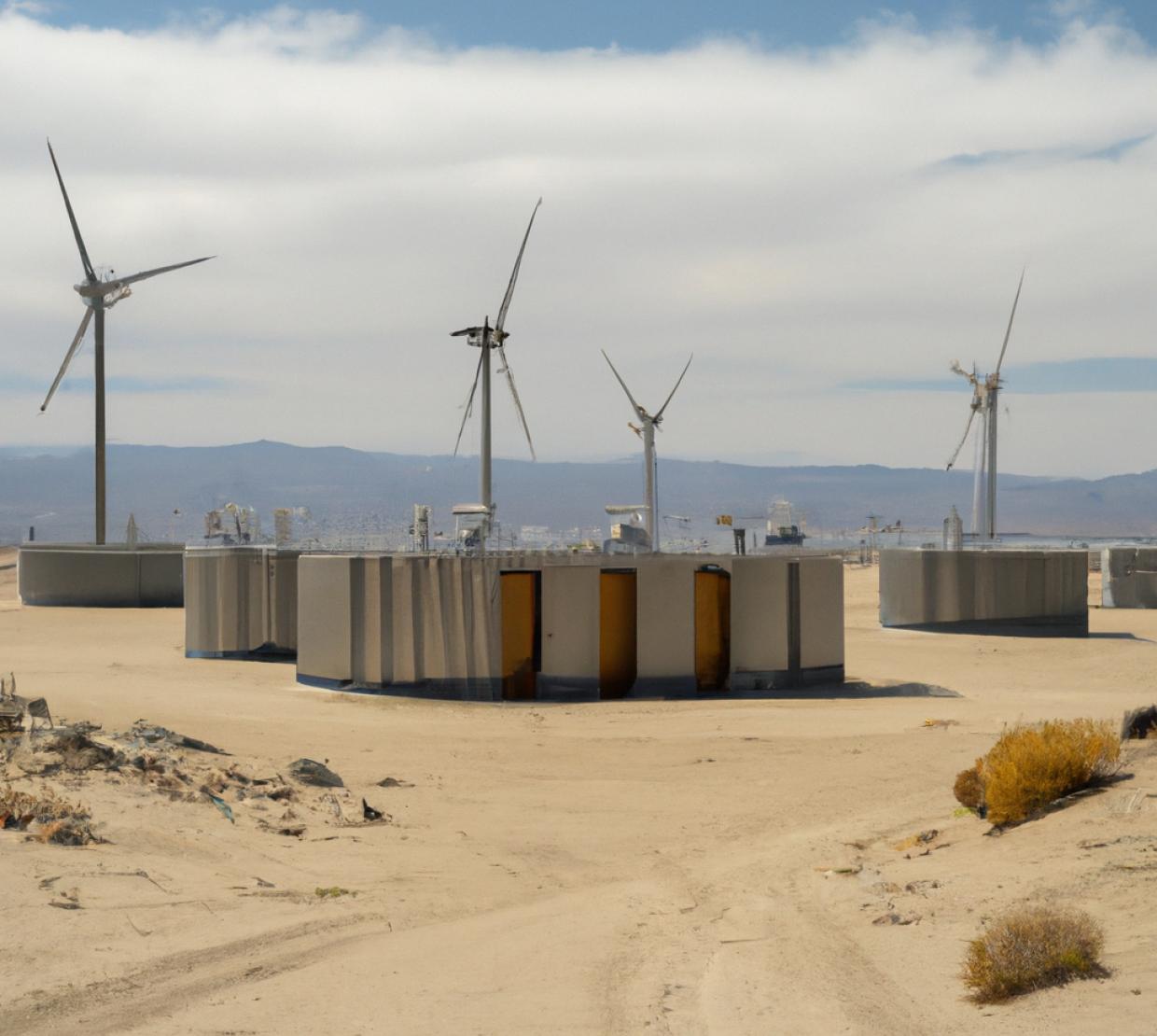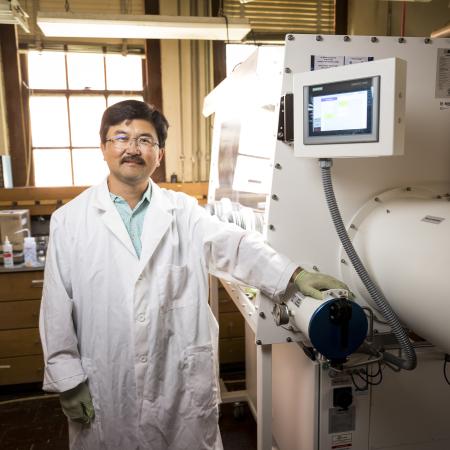Scientists led by an Oregon State College of Science researcher have developed a new electrolyte that raises the efficiency of the zinc metal anode in zinc batteries to nearly 100%, a breakthrough on the way to an alternative to lithium-ion batteries for large-scale energy storage.
The research is part of an ongoing global quest for new battery chemistries able to store renewable solar and wind energy on the electric grid for use when the sun isn’t shining and the wind isn’t blowing.
College of Science researcher Xiulei “David” Ji collaborated with HP Inc. and GROTTHUSS INC., an Oregon State spinout company, and reported their findings in Nature Sustainability.
“The breakthrough represents a significant advancement toward making zinc metal batteries more accessible to consumers,” Ji said. “These batteries are essential for the installation of additional solar and wind farms. In addition, they offer a secure and efficient solution for home energy storage, as well as energy storage modules for communities that are vulnerable to natural disasters.”
A battery stores electricity in the form of chemical energy and through reactions converts it to electrical energy. There are many different types of batteries, but most of them work the same basic way and contain the same basic components.
Every battery has two electrodes – the anode, from which electrons flow out into an external circuit, and the cathode, which acquires electrons from the external circuit – and the electrolyte, the chemical medium that separates the electrodes and allows the flow of ions between them.
Relying on a metal that’s safe and abundant, zinc-based batteries are energy dense and seen as a possible alternative for grid energy storage to widely used lithium-ion batteries, whose production relies on shrinking supplies of rare metals such as cobalt and nickel. Cobalt and nickel are also toxic and can contaminate ecosystems and water sources if they leach out of landfills.
Additionally, electrolytes in lithium-ion batteries are commonly dissolved in flammable organic solvents that often decompose at high operation voltages. Other safety concerns include dendrites, which resemble tiny trees growing inside a battery. They can pierce the separator like thistles growing through cracks in a driveway, leading to unwanted and sometimes unsafe chemical reactions.
“Zinc metal batteries are one of the leading candidate technologies for large-scale energy storage,” Ji said. “Our new hybrid electrolyte uses water and an ordinary battery solvent, which is non-flammable, cost-effective and of low environmental impact. The electrolyte is made of a dissolved mixture of inexpensive chloride salts, with the primary one being zinc chloride.”
Read more here.




